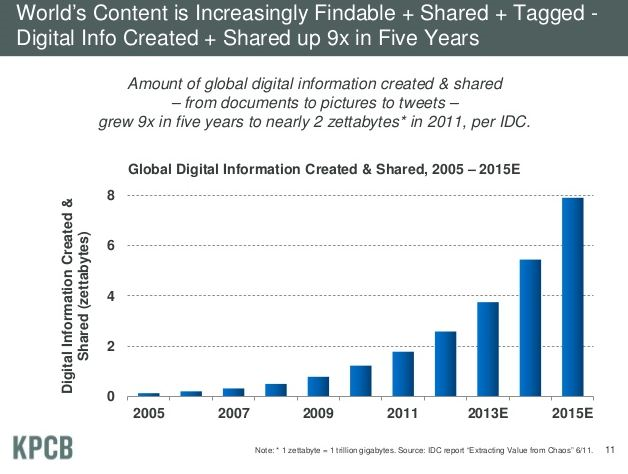7 tips for supporting learning in the moment

Some type of performance support should play a role in all digital learning solutions.
Formal training and elearning is the start of a process that must be continued into your learner’s work, once they go back to their job.
That’s the argument that Bob Mosher and Conrad Gottfredson make in their influential 2011 book Innovative Performance Support, where they outlined their five moments of need:
- When you need to learn something new (New)
- When you are expanding what you already know (More)
- In the moment you need to apply your training (Apply)
- When a problem arises and you need a solution (Solve)
- When you need to learn a new way of doing something (Change)
The last three moments are where learners are facing an immediate challenge and need to apply learning straight away, in the moment. These are the areas we’re focusing on for our tips.
Since the five moments of need were published, there’s been a shift in how people access and consume the media and information they need to do their jobs. This has been driven by the exponential growth in information being created and shared online.

At the time, giving learners a chance to get content at all these different moments required a bespoke software solution, known as an EPSS (Electronic Performance Solution System). Now, technology has caught up and there are easier and more effective ways to make learning in the moment a possibility.
We’ve seen a shift in training strategy to move towards informal and on the job training, with new models like 70:20:10 making an impact.
Towards Maturity reports that 71% of high performing businesses that have implemented this approach
Whatever your approach to the technical side, there are some fundamental areas that you should concentrate on to ensure the best experience for learners when they need it most.
Tip 1: Engage learners themselves from the start
Getting learner buy in at the start of the process means they’re engaged and ready to use the content you’re providing when they need it. Talk to the people who will be using your learning, as well as the other stakeholders like managers and subject matter experts.
Speaking to learners about the day-to-day issues they face and which environments they occur in, will be invaluable when making it truly useful in the moment.
Using tools like learner personas and empathy mapping allows you to put yourself in the user’s shoes and make sure the content they need is at their fingertips.
Tip 2: Use realistic scenarios throughout the learning process
Mosher and Gottfredson’s primary message was that learning is a process, not an event. Many parts of the process share the same foundations.
When a scenario is used in the formal part of the training, it’s important to make sure it’s realistic and relevant to the person taking the course.
Once you’ve crafted a rich, relevant scenario you can go about preparing it for both the formal and just-in-time needs of the learners.
Use a different approach for each moment of need
The learning design approach will be different for a more formal elearning course compared to someone who needs to apply the content right away.
Short, concise information points will benefit the time- pressed learner when they’re searching for an answer quickly.
Using the same scenarios for more formal training, then making the most pertinent content available in one place, is a good start.
Some of the different types of learning in the moment could include:
- Key steps of a process
- Policy summaries
- Bite sized systems training
- Customer service reminders
- Contact information on a printable hand-out
Tip 4: Be prepared to solve systems issues
Before designing any learning solution it’s important to build up as complete a picture of your learners as possible. Covering all the moments of need requires you know about their environment as well as the people involved.
Often when things go wrong it’s a predictable part of the infrastructure that your learners use every day. Knowing which tools and frameworks your learners use day to day will mean you can prepare for their failure.
- Have any systems failed in the past?
- Who is responsible for maintaining the systems?
- What backup systems do you have in place in case of failure?
Tip 5: Answer the common questions quickly
When things go wrong your learners need to be able to find the answers. When you’re creating the learning in the first place, look out for the areas which may cause common issues for the learner.
If your solution includes training learners on using software, make sure you are able to show them how to help themselves solve common issues.
For popular software applications there is likely to be a range of resources online that can help with common issues. Making this type of resource available has never been easier, many sources of more generic training like LinkedIn Learning and Pluralsight provide an API for integration directly with an LMS.
Tip 6: Predict changes
As much as you can, predict things that will affect your training when you’re creating it.
Compliance that is updated regularly is a great example of a case where you can foresee a change coming and build in the ability for a learner to find out about those changes.
By providing external links to resources like legal documents, instead of embedding the content in a course, you can make sure your learners have the latest information available. External resources can also be tagged and added to a content catalogue so they can be found and accessed from different places once the course is finished.
When you’re looking into the changes that are approaching be sure to factor in the time to keep your resources up-to-date. An obsolete tool or resource leads to employees wasting time on information that’s out of date and having to track down the updates themselves.
Tip 7: Explain changing processes
If there’s a new way of handling a task or process, then you need to explain why it’s being introduced and the positive impact that change will have on the learners themselves.
Make it personal to them, a tailored approach can make the difference between a learner taking a new change on board quickly and resisting it.
Using your learner profiles, you can appeal to what motivates them to be better at their job. Use these motivations to make the learning compelling and give them a reason to seek out the content that helps them change their way of working.
All of these tips relate to designing content that makes learning in the moment more effective.
Since the original publication of the 5 moments of need technology has become more capable of getting content in front of learners when they need it.
What has remained consistent is the need for a focus on the learner and how they can be supported in the best way.
Some emerging technologies have the potential to offer even more effective support on the job, but they shouldn’t be used for their own sake.

Author: Elizabeth Hardwell, Learning Designer, Sponge